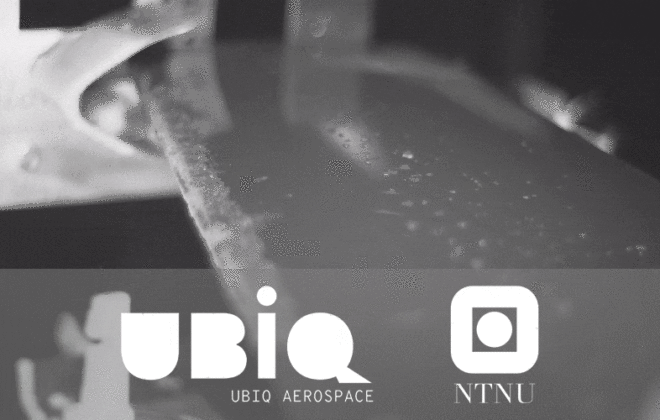Guest editor for Drones
I am happy to announce that I will be a guest editor for a special edition in MDPI Drones on the topic of UAV icing. I will be guest editor together with my colleague Eric Villeneuve from the University of Québec in Chicoutimi (UQAC). Official information of the special issue.
The use of unmanned aerial systems is exponentially growing in many different domain, both for civil and military applications. With their low cost, improved flexibility, and ease of use, they are the perfect tool for surveillance and monitoring, delivery, spraying, and many other applications. Their performance and autonomy are constantly improving with new technologies being brought to the market that further increase their potential. However, they are vulnerable to atmospheric conditions, especially icing, which greatly reduces their performances and autonomy. Since very limited power is available on these vehicles, traditional ice protection systems use for large aircrafts are not a suitable solution. Research on this topic is of great importance since high flexibility is one of the key advantages of UAVs.
The goal of this Special Issue is to present papers, whether original research articles or review papers, about recent developments in the study of drone icing. We encourage submissions that will enlighten the scientific community with the most recent advancements in atmospheric icing, experimentation, and ice protection systems, including but not limited to the following:
- Atmospheric icing conditions, simulations, and forecasting;
- Ice accumulation on fixed-wing and rotary-wing UAVs and methods for measuring ice layers;
- Performance degradation due to icing;
- Experimental facilities and state-of-the art setups;
- Thermal and other active ice protection systems for wings and other parts of UAVs;
- Development and application of nano technologies as passive ice protection systems;
- Numerical simulation and prediction of ice accumulation and protection systems;
- Onboard ice detection methods and anti-icing/de-icing control;
- Design, modeling, simulation, and experimentation of new and unconventional configurations against icing;
- Challenges of urban air mobility and delivery applications.



